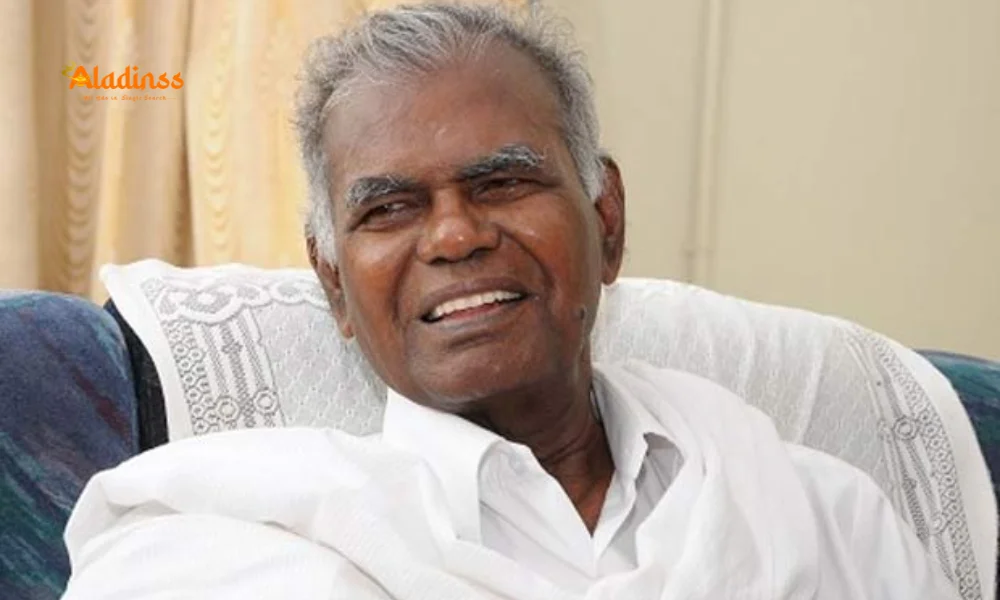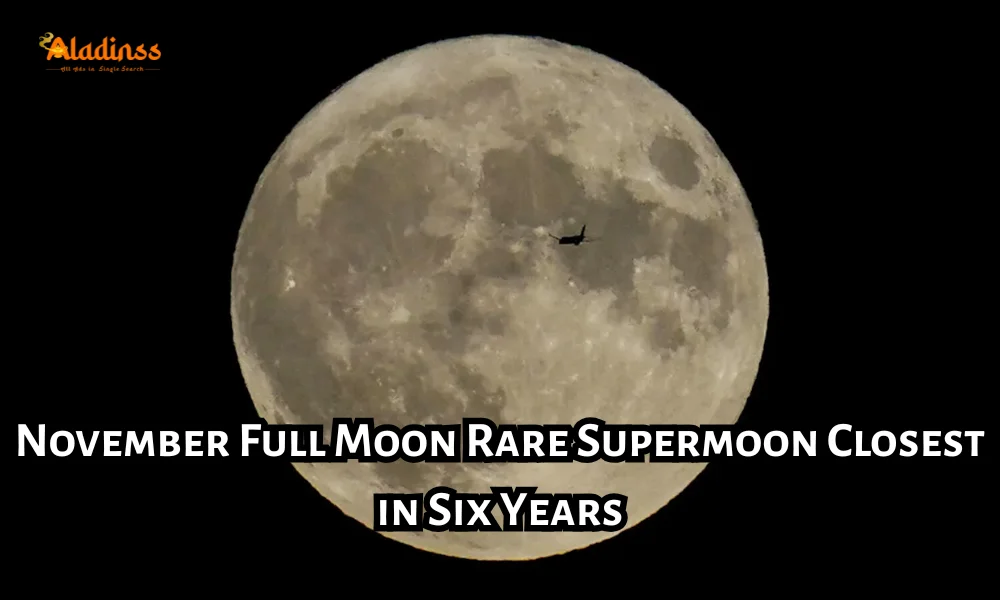Himachal CM Pushes Fisheries Department To Adopt Modern Tech

Himachal Pradesh CM Urges Fisheries Department to Integrate Modern Technologies for Enhanced Production
In the picturesque state of Himachal Pradesh, where pristine rivers and vast reservoirs form the backbone of local livelihoods, Chief Minister Sukhvinder Singh Sukhu has taken a proactive stance on revitalizing the fisheries sector. During a key meeting in Shimla, the CM emphasized the urgent need for the fisheries department to embrace cutting-edge technologies aimed at extending the storage duration of fish products, thereby reducing waste and boosting market value. This initiative comes at a time when the state is witnessing steady growth in fish output, underscoring the potential of modern innovations to transform rural economies.
The discussion, held on Tuesday with department officials, focused on strategic enhancements to support aquaculturists across the region. According to an official release the next day, the government is set to introduce new breeding facilities and refrigerated storage units strategically placed near major water bodies and streams. These developments are expected to provide significant advantages to local farmers by improving access to essential infrastructure and minimizing post-harvest losses.
Also Read: Zohran Mamdani NYC Mayoral Victory Speech
Sukhu directed the team to survey and select viable sites throughout the state for these upcoming cold storage setups, ensuring they align with geographical advantages. He stressed that strengthening the rural economy remains a core priority for his administration, with the fisheries department playing a crucial role in this vision. By fostering sustainable practices, the sector can contribute more substantially to household incomes and overall community development.

Background on Fisheries in Himachal Pradesh
Himachal Pradesh, known for its Himalayan landscapes and abundant freshwater resources, has a rich history in fisheries that dates back decades. The state's five major rivers—Beas, Sutlej, Ravi, Chenab, and Yamuna—along with man-made reservoirs like Gobind Sagar and Pong Dam, provide ideal habitats for various fish species. Fisheries in Himachal not only serve as a vital source of nutrition but also as an economic pillar for thousands of families in remote areas. Over the years, the sector has evolved from traditional methods to more structured approaches, with government interventions playing a key role in its growth.
Historically, trout farming was introduced in the early 20th century, with the first successful breeding of brown trout in 1899. Today, Himachal is renowned globally for its rainbow trout production, which fetches premium prices in domestic and international markets. Recent statistics indicate a robust upward trend: in the fiscal year 2023-24, total fish yield reached approximately 17,721 metric tons, valued at over 273 crore rupees. This growth reflects the state's commitment to sustainable aquaculture, despite challenges like seasonal variations and natural calamities.
Directives for Infrastructure and Technological Adoption
In his address, the Chief Minister highlighted the transformative power of modern fisheries technology. By adopting advanced methods such as high-pressure processing (HPP) and vacuum packaging, the department can significantly enhance the shelf life of fish, preventing spoilage that often leads to substantial economic losses. Cold storage facilities, equipped with IoT-based monitoring systems, will ensure optimal temperature control, allowing fish to remain fresh for longer periods and reach distant markets without quality degradation.
Furthermore, new hatcheries will focus on producing high-quality fish seeds, resistant to diseases and adapted to local conditions. These facilities, positioned along rivers and reservoirs, will reduce transportation costs for farmers and promote efficient breeding cycles. The CM's instructions to identify suitable land parcels emphasize a data-driven approach, incorporating environmental assessments to minimize ecological impact. Such infrastructure not only boosts fish production in Himachal but also aligns with national schemes like the Pradhan Mantri Matsya Sampada Yojana (PMMSY), which provides funding for similar developments.
Experts note that modern practices in fisheries can reduce post-harvest losses by up to 30%, a critical factor in a state where perishable goods face logistical hurdles due to hilly terrain. Technologies like blast freezing and smart packaging further extend shelf life, enabling exports and increasing farmers' income through value addition.
Empowering Farmers Through Support and Education
A key aspect of the meeting was the emphasis on farmer-centric initiatives. Sukhu urged the fisheries department to provide hands-on guidance to aquaculturists in implementing emerging technologies, from automated feeding systems to water quality sensors. This support is vital for small-scale farmers who may lack access to resources, helping them transition from conventional to high-yield methods.
The government offers subsidies on essential equipment, including aerators, nets, and pond liners, making it easier for participants to invest in upgrades. Awareness programs, as directed by the CM, will cover topics like improved seed varieties, disease management, and sustainable harvesting. These workshops aim to build capacity among fish rearers, ensuring they stay updated on global trends in the sector.
By focusing on increasing farmers' income, the initiative addresses broader rural development goals. Fisheries subsidies in Himachal have already shown positive results, with many households reporting higher earnings through diversified activities like integrated farming with agriculture.
Boosting Production Through Seed Stocking and Statistics Overview
To further amplify output, the Chief Minister called for intensified fish seed stocking in dams and water reservoirs. This practice enhances natural populations, leading to higher catches and better livelihoods. The department has been tasked with assessing requirements for the next year, ensuring adequate supplies of quality seeds to meet demand.
Current data paints an encouraging picture: fish production in Himachal reached 19,019 metric tons in 2024-25, with 7,773 metric tons achieved by October this year. This build on previous years' figures, such as 17,721 metric tons in 2023-24, demonstrates consistent progress. Trout production, a flagship area, surged by 15.7% to 1,388 metric tons in 2023-24, highlighting the state's expertise in cold-water aquaculture.
Such stocking efforts, combined with modern monitoring, can lead to sustainable yields while preserving ecosystems. Environmental considerations, like avoiding overstocking to prevent biodiversity loss, are integral to these plans.
Special Focus on Trout Farming and Risk Mitigation
Himachal's reputation for premium trout stems from its cool climates and pure waters, ideal for species like rainbow and brown trout. The government plans to establish a dedicated compensation fund for trout rearers affected by natural calamities, such as floods or landslides, which are common in the region. This fund will provide financial relief, encouraging continued investment in the sector.
Trout farming in Himachal supports over 742 families, with production facilities expanding through public-private partnerships. Modern hatcheries produce disease-resistant ova, and the state has even exported rainbow trout eyed ova to neighboring regions, positioning itself as a leader in aquaculture.
The benefits extend beyond economics; sustainable trout practices promote eco-tourism, attracting anglers and nature enthusiasts. However, challenges like climate change impacts on water temperatures require ongoing innovation.
Future Prospects and Broader Implications
Looking ahead, the integration of modern technology in fisheries holds immense promise for Himachal Pradesh. By reducing dependency on traditional methods, the sector can achieve higher efficiency, lower environmental footprints, and greater resilience against uncertainties. Government support, through subsidies and education, will empower fish farmers to adopt these changes, ultimately elevating the rural economy.
This move aligns with national goals for blue economy development, potentially opening avenues for exports and job creation. As fish production continues to rise, Himachal stands poised to become a model for sustainable aquaculture in India, balancing growth with ecological harmony.
In conclusion, CM Sukhu's directives mark a significant step toward modernizing the fisheries department, ensuring long-term benefits for farmers and the state alike. With focused implementation, these efforts could redefine the role of fisheries in Himachal's development narrative.
Comment / Reply From
No comments yet. Be the first to comment!












